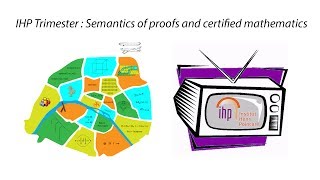Hamiltonian paths and cycles | Graph description languages
LCF notation
In the mathematical field of graph theory, LCF notation or LCF code is a notation devised by Joshua Lederberg, and extended by H. S. M. Coxeter and Robert Frucht, for the representation of cubic graphs that contain a Hamiltonian cycle. The cycle itself includes two out of the three adjacencies for each vertex, and the LCF notation specifies how far along the cycle each vertex's third neighbor is. A single graph may have multiple different representations in LCF notation. (Wikipedia).



















